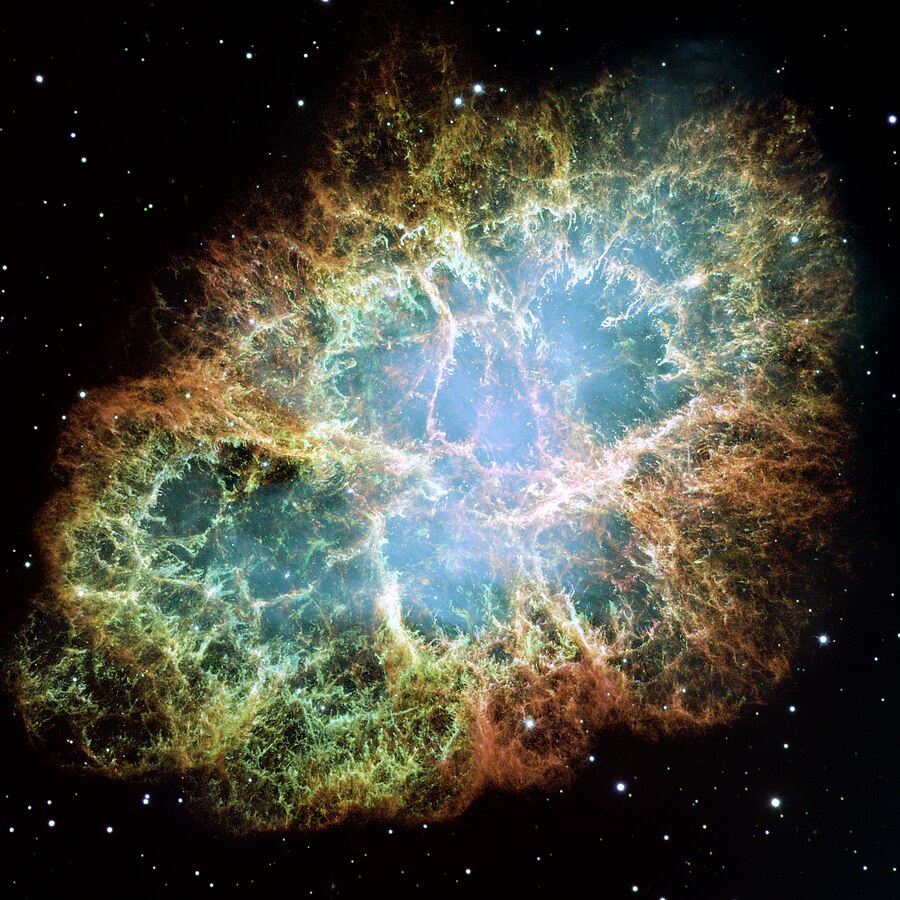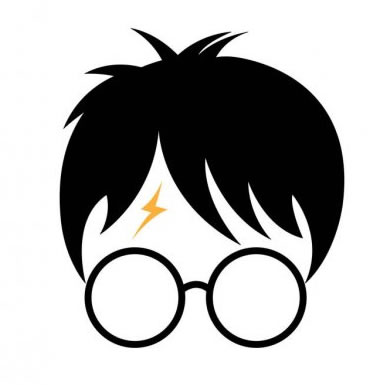Announcements
The revised version of Year Three Astronomy was published on February 25, 2025. Very few substantial changes were made from the old version, so you won't have to, or be able to, do any assignments you have already done in the old version except the final exam and ones you are retaking, but you should read all the lessons because the material in them will be tested on the O.W.L. exam and the N.E.W.T.
Lesson 2) A Brief History of Everything
Good evening, class. You see on my desk a magical orrery, a model of our solar system as it is now. Today we are going to learn about where it came from. The history of the solar system is a very long one, while our own is quite short. Historians speak in terms of thousands of years, the rise and fall of civilizations, and the many great changes that our world has undergone, but the history of our Earth is tied to the history of the solar system. Our shared history, though, is measured in billions of years, where great changes can happen slowly in gradual stages or abruptly with extreme explosive force. Understanding these changes is the key to understanding ourselves, our planet, and our magic.
A Whole Lot of Nothing
Five billion years ago, the place in the universe we now occupy looked much emptier. Instead of the many planets, their moons, and our Sun, there was nothing but clouds of gases, ice, and dust. There exists very little energy or activity in pre-solar clouds because they have very little density, meaning that elements and particles rarely interact; therefore such clouds contain only traces of magic. These clouds may have stayed together, as they were with no change, were it not for a catastrophic stellar event in the nearby space. The image below shows a star-forming nebula.
Star-forming nebula Messier 17, the Omega Nebula in Sagittarius
Source: here

Crab Nebula
Source: here
Both of these pictures depict the same type of celestial object. The brightly lit clouds of gas, dust, and other minute matter are called nebulas (nebula being the Latin word for “cloud”). There are several different types of nebulas, which can be divided into two categories: those that exist before stars are formed and those that exist afterward. The nebula that our solar system came from - formed from that cloud of gas and dust I mentioned earlier - was a pre-solar nebula; characterised by its high total mass and lack of energy, there is little magic in these clouds. Nebulas generated after the death of stars, however, contain vast amounts of magic. As generators of magic, dying stars seed other worlds, including our solar system, when they die.
Out of the Ashes
Stars - at their heart - generate light, heat, energy, and magic through nuclear fusion. The energy created by this nuclear fusion, which is essentially the smashing together of two atoms, flows outward from the core and keeps the star from collapsing in on itself due to its own weight. But, as a star ages and begins to use up its main fuel source, the centre becomes hotter and heavier while the exterior edges expand outward, consuming what fuel remains as rapidly as possible. If the star is massive enough, then eventually the core becomes so hot it starts consuming itself at a massive rate, increasing the temperature, magic, and energy released so quickly that the star explodes. This explosion, known as a supernova, distributes energy and magic far further than the star could manage during its lifetime.
About four and a half billion years ago, the pressure wave resulting from a nearby supernova disrupted the clouds of gas and dust in our space, causing denser regions in the clouds to form. The extra concentrated mass in these areas led them to collapse so that they began to form more solid masses under their own weight.
Our Sun was formed from the largest of these masses: hydrogen, helium, and the magical energy spread from the dying star. These materials were pulled inwards by gravity, creating enough heat and pressure to form a new star. Over a period of about fifty million years, the centre of this star became much denser as gravity pulled material towards it. Eventually the heat was great enough to ignite nuclear fusion in the core and our Sun was born. The Sun at this time burned more fiercely and more chaotically than more stable, older stars. The variations in pressure, heat, and the amount of matter being pulled into the centre of the star lead to the generation of solar winds consisting of high energy particles. These particles, ejected from the Sun at high speeds, spread even more magic, in the form of energy, to the materials that would make up our planet and the rest of our solar system. Vast amounts of high energy particles and magic also consumed or blew away most of the cloud surrounding the new star.
Come Together
Space dust is made up of many different elements, metals, and minerals such as iron, nickel, aluminium, and silicates. Individual dust grains that spun around the Sun as it formed attracted more and more grains of dust, which gradually formed large spheres in a process known as accretion, which we discussed last year, if you may remember. It is during this process that the fundamental elements of everything in our solar system became impregnated with magical energy. These particles were exposed to magic from the supernova detonation and solar winds and as they came together, mass and magic were concentrated into planets, including Earth. Once enough mass had been gathered, gravity began to press the various grains closer together. This enormous gravitational force generated two things: pressure and heat. These forces helped to pull all the various elements and particles in to form the rocky substance of our Earth.
Artistic conception of early Earth
Source: here
Smaller bodies formed from the remaining magical energy and the material surrounding the new Sun to become planets. The four inner planets are rocky because there was too much heat from the Sun for ices to form. Further from the Sun there was less light and heat, which allowed the various ices and other matter to come together to form solid masses. The elements that made up these ices are much more common in the universe, so these masses were able to grow very large. The gravitational pull from these objects allowed them to gather greater amounts of the remaining gases around them, especially hydrogen and helium (the most common elements in space). These became the gas giants Saturn and Jupiter, which formed about three million years after the Sun. Uranus and Neptune are very similar in structure, but are thought to have formed much later. By that time, the solar winds and the vast amounts of magic the young Sun was spewing into the universe had blown away much of the remaining cloud material, leaving much less gas to form part of the two furthest planets, which are known as the ice giants.
With that, I hope you can see how the solar system first began to come together - how this near empty region of the universe, once populated by a mere cloud of particles, condensed and collapsed in various areas to eventually create massive planets and other astronomical bodies.
That will be all for today. There is a short quiz you will need to complete on the material covered in this lesson and a creative essay to write. Next week you will learn how Earth and its seven siblings came to form the solar system we know today.
Original lesson written by Professor Gagarina.
- ASTR-201
Enroll
-
Y3 L2: Lesson Quiz
Quiz -
A Room with a View
Essay
-
Velinea Nite
Head Student
-
Timothy Walsh
Professor's Assistant


